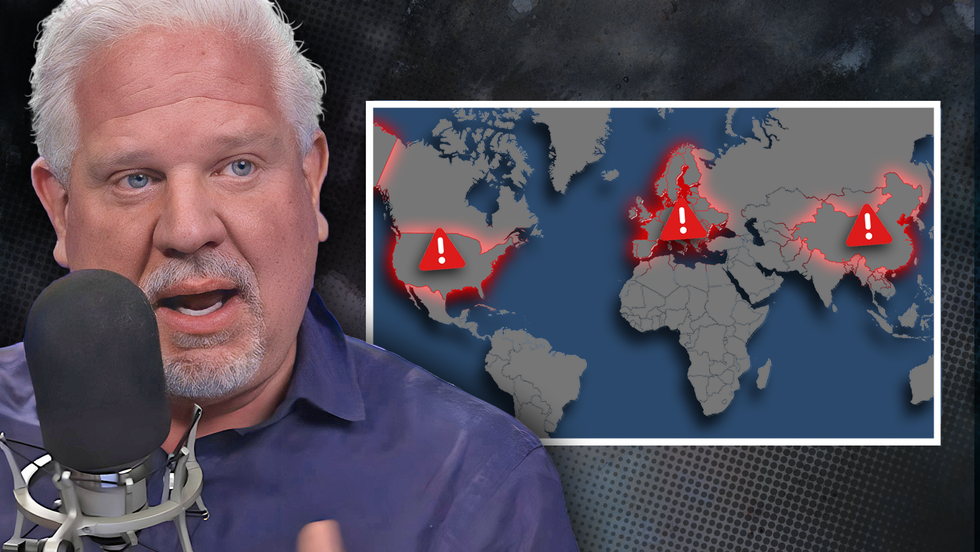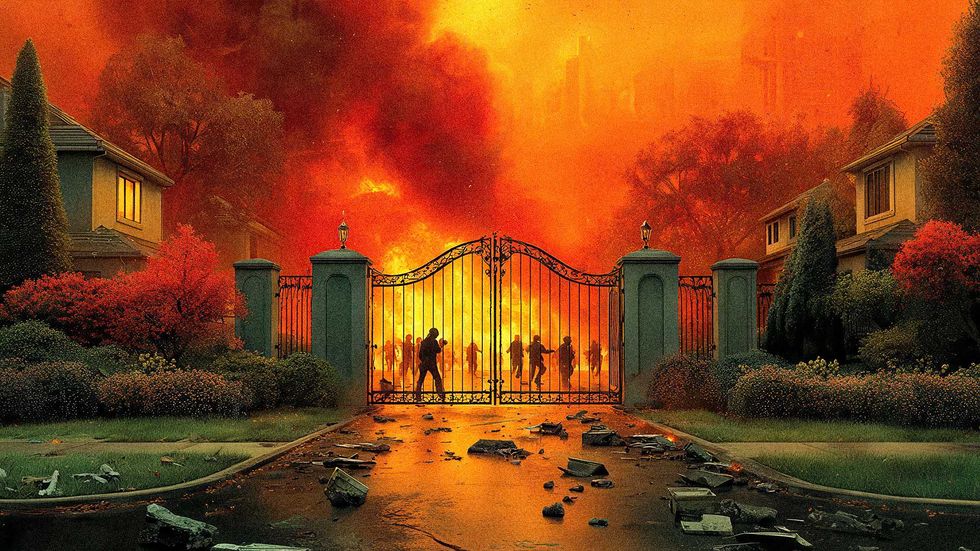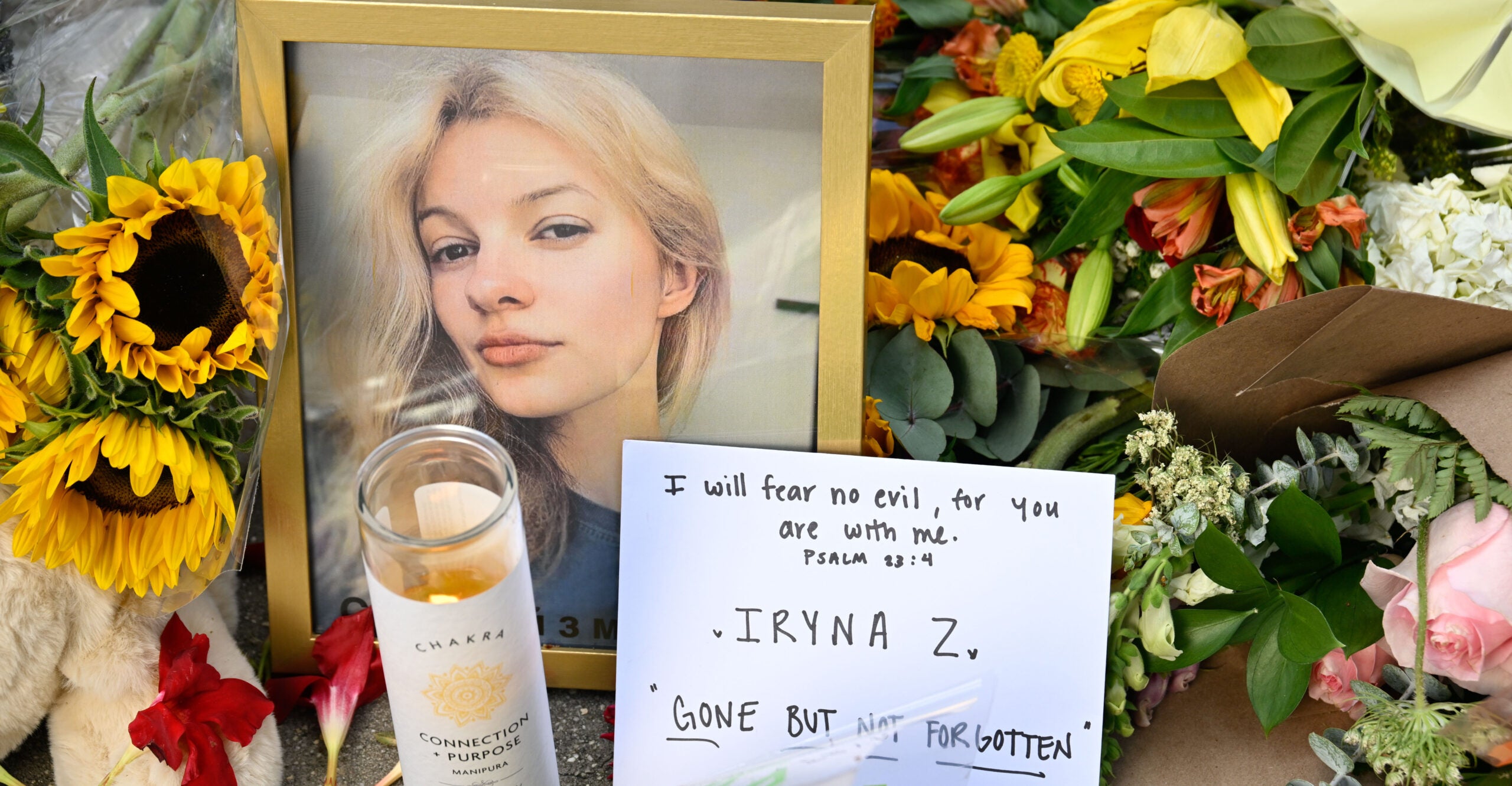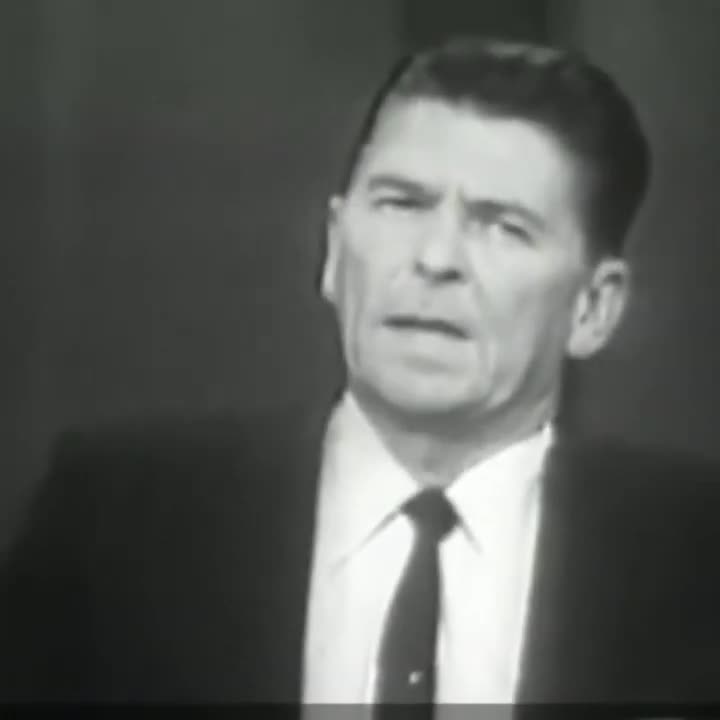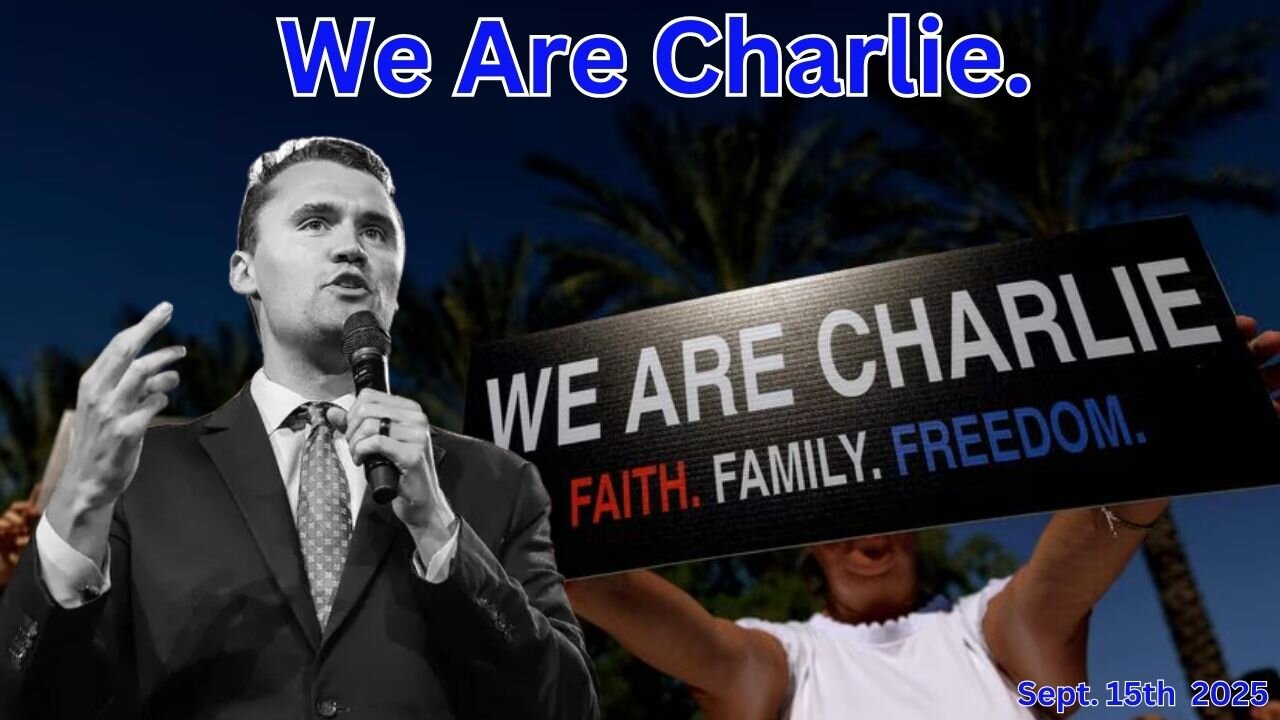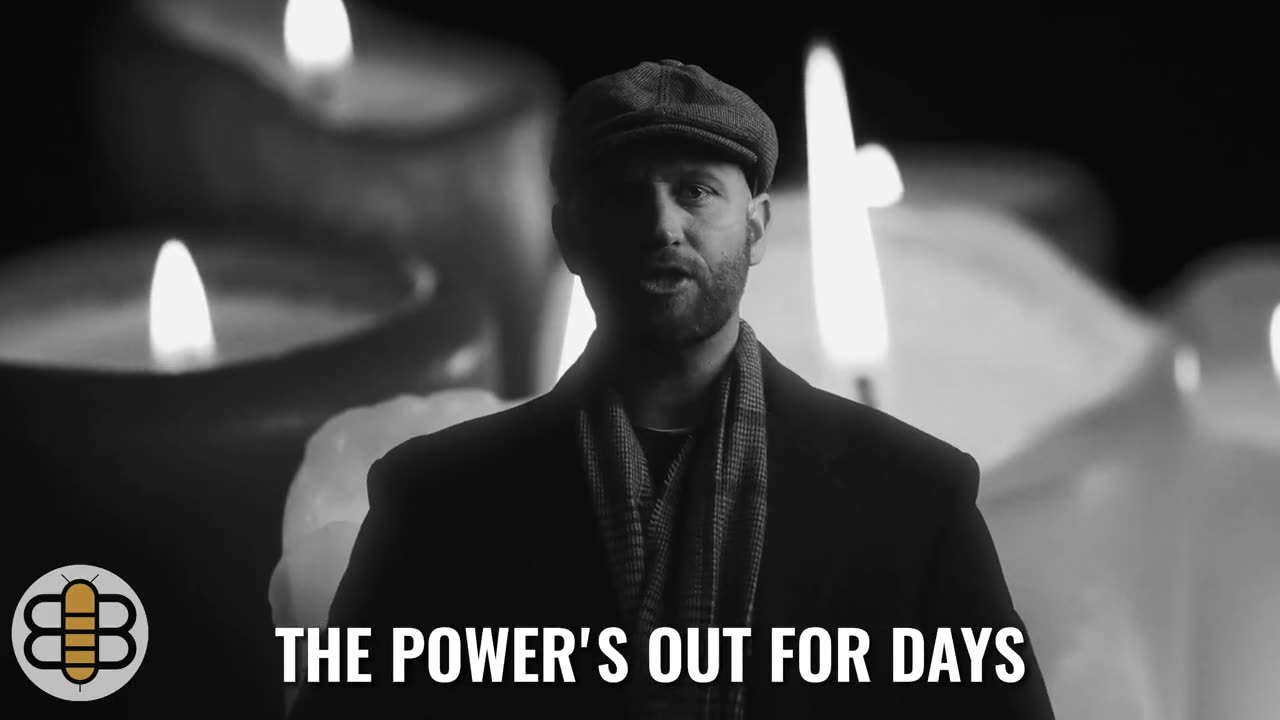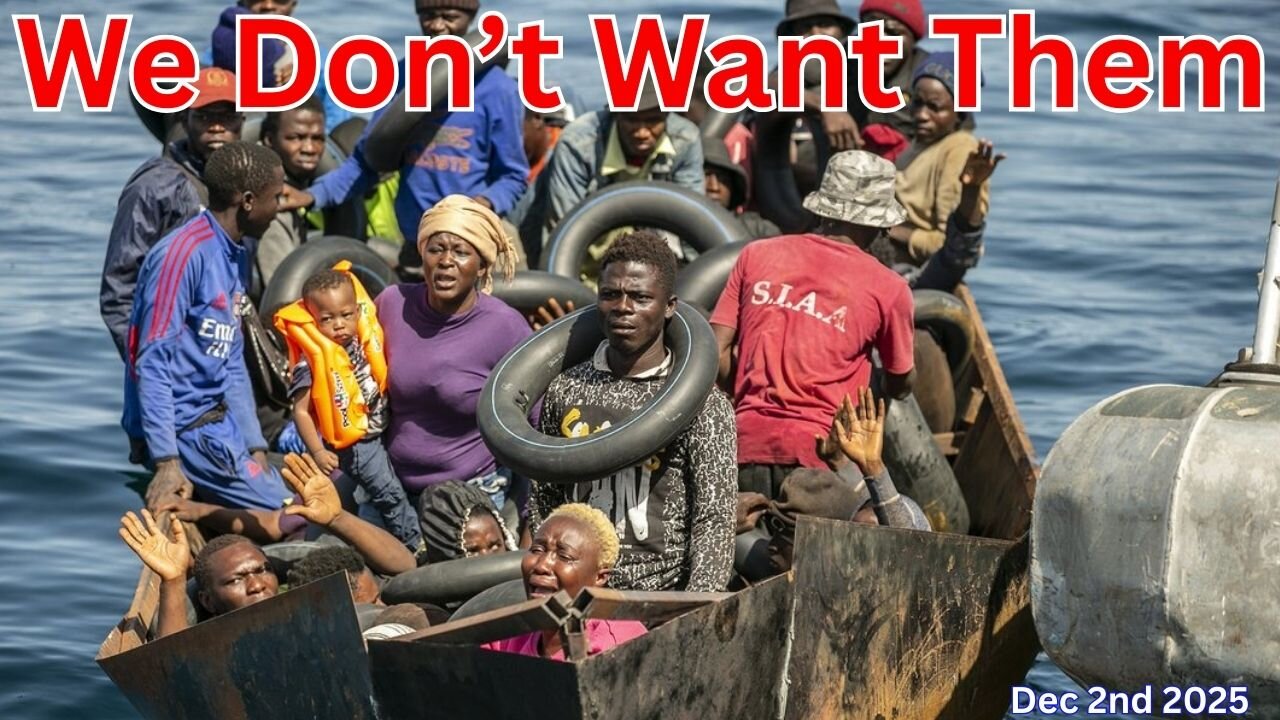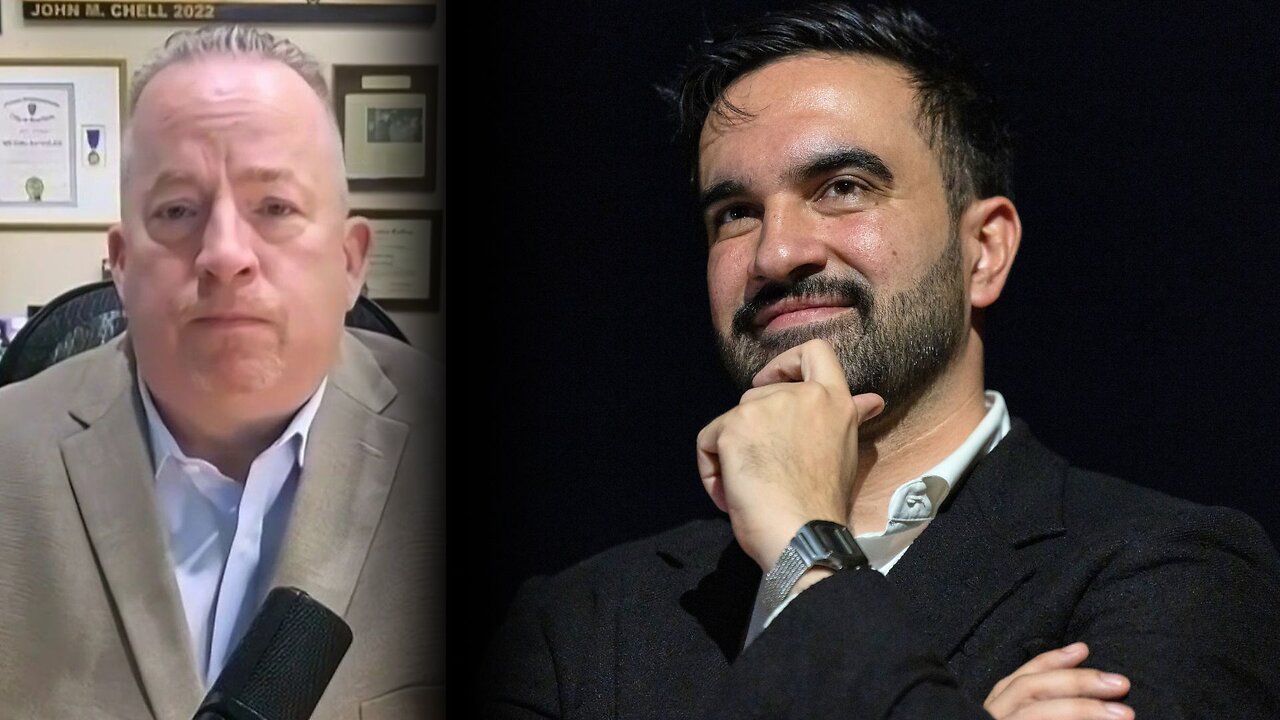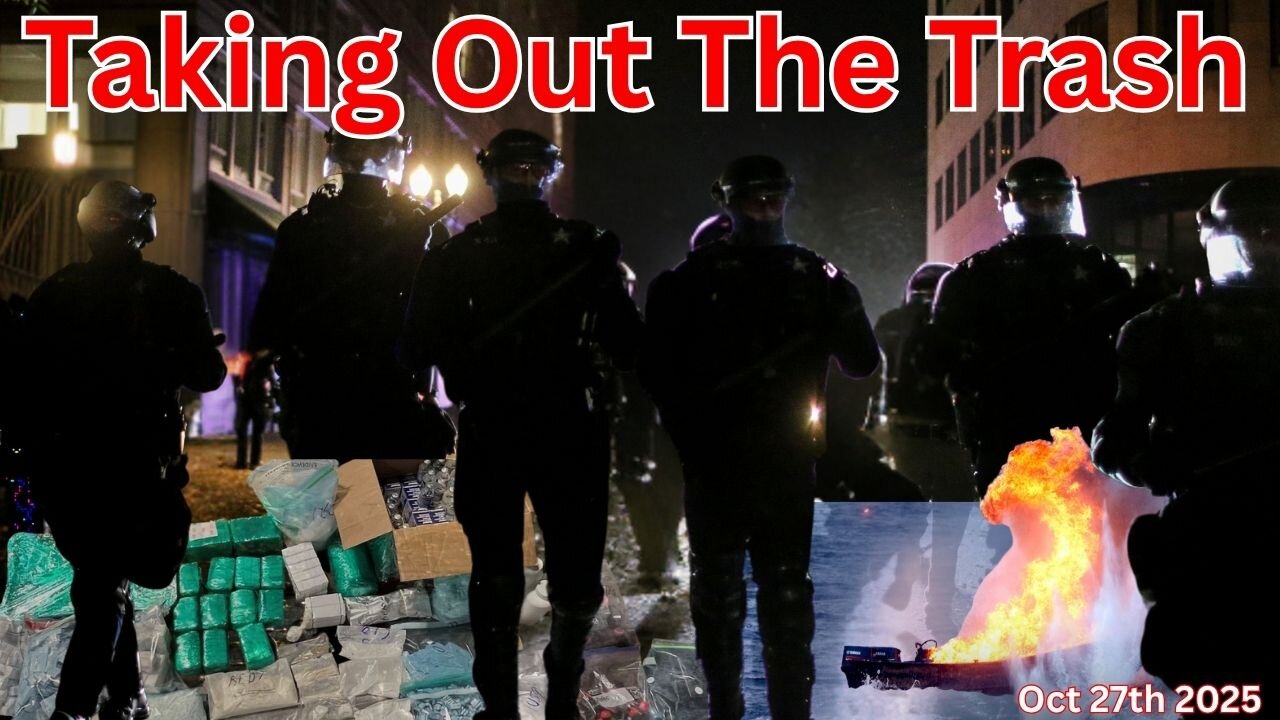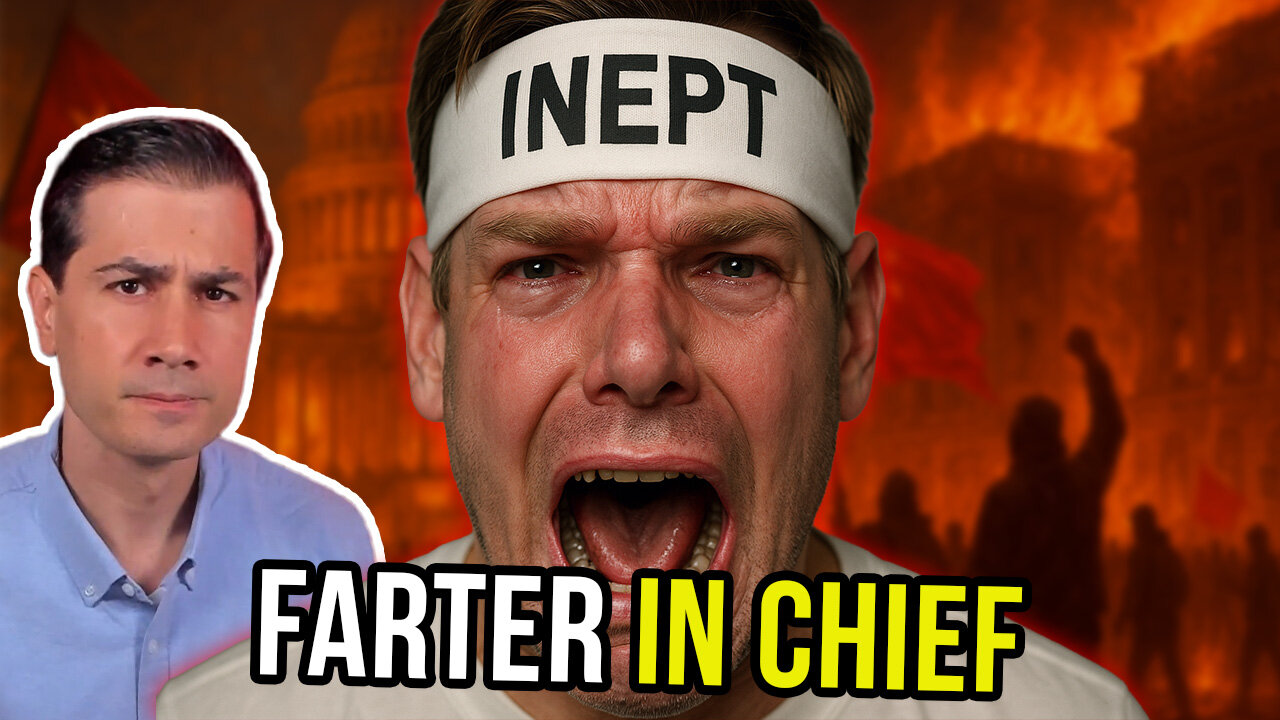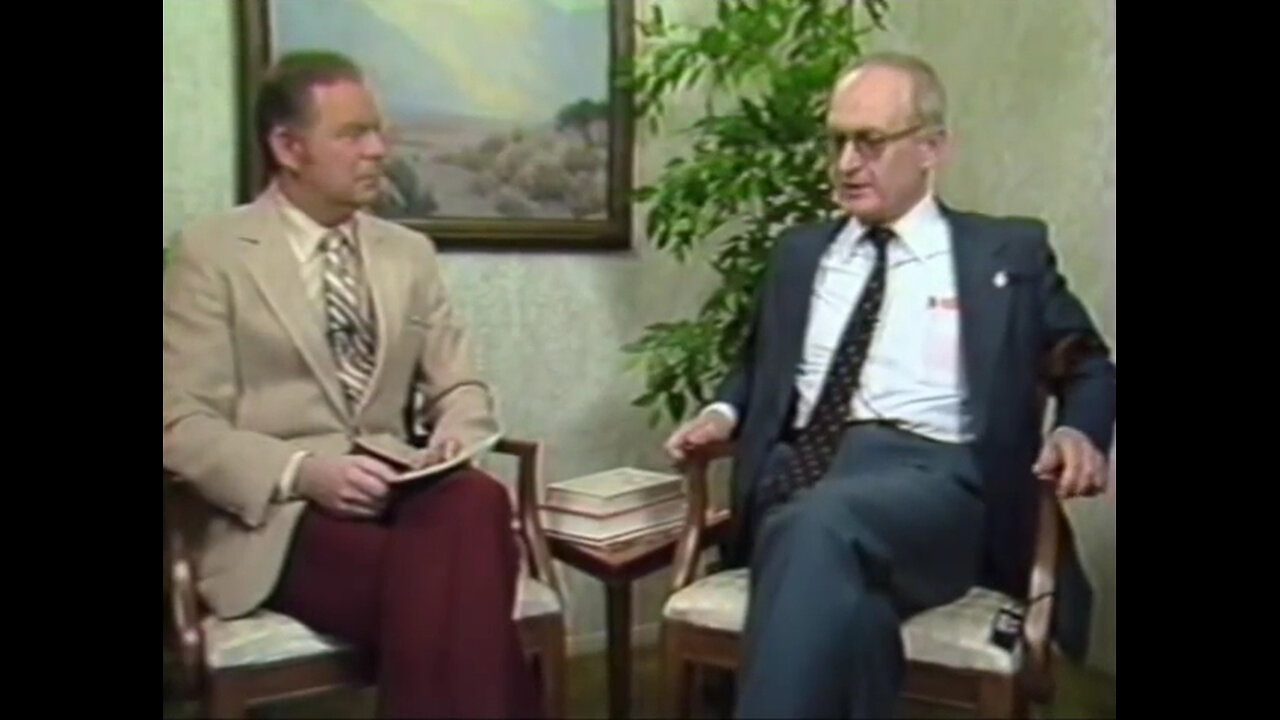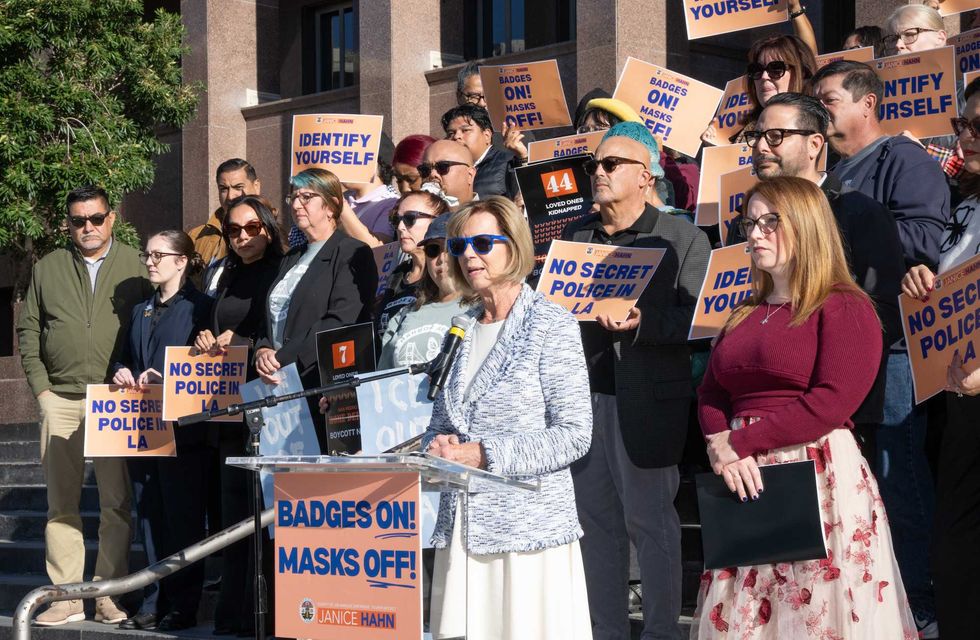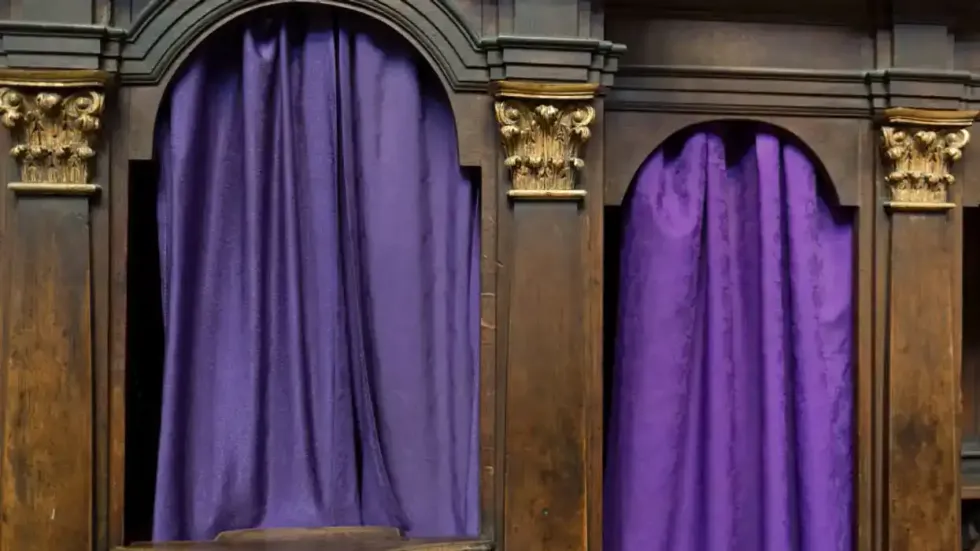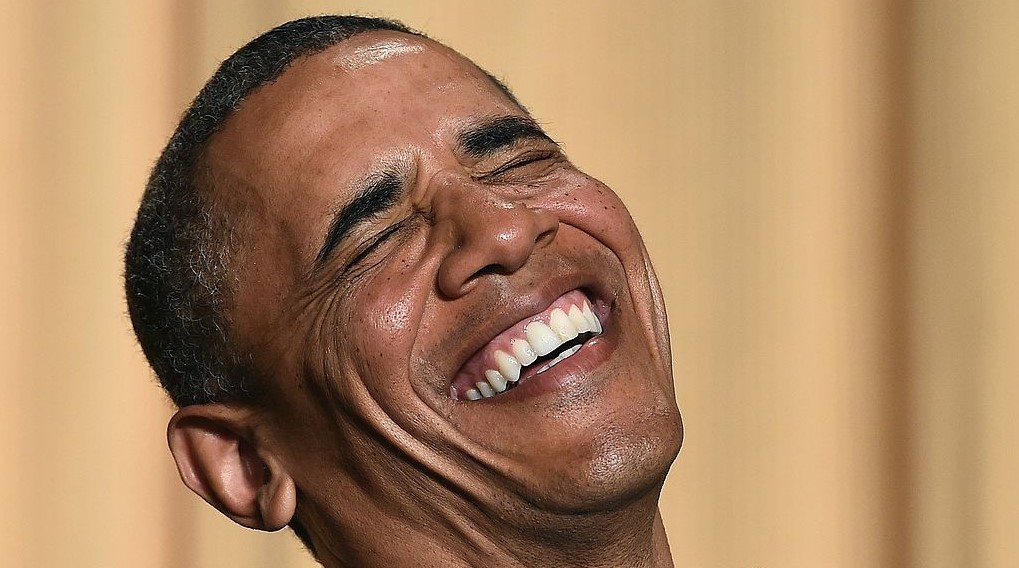From Reich To Red: Why Stalin Still Haunts Us 80 Years After V-E Day

Earlier this month, we celebrated the 80th anniversary of V-E Day, “Victory in Europe,” which marked the end of the European Theater’s part in the Second World War. It is a date certainly worth commemorating as it closed one of the darkest chapters in European history, which was the rise and fall of Hitler’s Third Reich.
For the countries in what today we call Western Europe that languished for years under the jackboot of Nazi oppression — France, Belgium, Holland, Luxembourg, Denmark, Norway, Greece — the Allied victory truly represented liberation.

Picture Post/Hulton Archive/Getty Images
But there was another side to V-E Day that seems to get glossed over. And that is the less happy fate of the Eastern European nations who were not liberated by the Anglo-Americans rolling in from the west, but rather the Red Army coming in from the east. And for those nations — Poland, Hungary, then-Czechoslovakia, the Baltic states — V-E Day merely meant trading one brutal oppressor for another. Indeed, as the Allies were closing in from both sides, the dark joke in Germany was “Optimists are learning English, pessimists are learning Russian.”
We have been conditioned for over 80 years to viscerally recoil at the very mention of the Führer’s name. Just say “Hitler” and the mind conjures up images of the Holocaust and mass murder of millions of innocents carried out by robotic, goose-stepping stormtroopers wearing their signature coal scuttle helmets.
Yet, when we utter the name “Stalin,” no such dark imagery materializes in the collective mind. And yet, in terms of pure numbers, it can be argued that the Soviet “Man of Steel” had more blood on his hands than even Hitler. Why the indifferent reaction?
It could perhaps be attributed to a curious media/academic tendency of apologetics towards communism. As polls consistently show, both of these institutions lean very much to the left. And Stalinism is the ultimate expression of their collective leftist ideology come to fruition in all its destructive inevitability. During the 1930s, for example, dispatches from Moscow-based New York Times correspondent Walter Duranty were shamefully obsequious towards Stalin, offering up for his readers images of a prosperous, happy communist USSR workers’ paradise.
No matter that the Soviet dictator was coldly stripping Ukraine of food and inducing a famine in 1932-1933 (called the “Holodomor”) during which anywhere from 3.5 to 5 million Ukrainians died of starvation — atrocities Duranty labeled as a “big scare” and “exaggeration.”
Then there was Stalin’s 1929-1933 genocide against the Kulaks (wealthy peasants who resisted his policies) to facilitate the expropriation of farmland. In one directive, the Soviet leader declared, “We must smash the Kulaks, liquidate them as a class.” Millions died.
And what of the estimated 700,000 to 6 million who died in Stalin’s Gulag, the far-flung network of concentration camps where he sent his enemies, whom the hyper-paranoid dictator saw all around him. (Figures vary widely; the latter number comes from dissident Aleksandr Solzhenitsyn, who was imprisoned for eight years.)
Starting in 1936, Stalin wiped out his political and military adversaries in a series of show trials called “The Great Purge.” Stalin’s biographer Oleg V. Khlevniuk estimates that 1.6 million were arrested, with 700,000 shot; no one knows how many died of torture.

Keystone-France/Gamma-Keystone via Getty Images
During the Second World War on the Eastern Front, Stalin was so profligate with the lives of his people that by the time the red banner of the USSR was flying over the Reichstag in the conquered Berlin some 27 million Soviets lay dead. Many as a result of combat and German atrocities, of course, but also due to Stalin’s unimaginative strategies that callously offered up both his soldiers and civilians before the guns of the Wehrmacht as fodder.
Whereas Hitler’s policies were driven by twisted racial hatred, delusions of grandeur, a sense of grievance on behalf of a nation he felt was ill-treated at Versailles, and, by the end, drug-addled bona fide madness, Stalin in some ways is even more disturbing as there was a cold, calculating, and ruthless nature to his machinations.
Stalin will also go down as one of the most treacherous characters in history. It should be remembered that until Hitler turned on him and attacked Russia in June 1941, Stalin and the German dictator were allies. Hitler only felt secure enough to invade Poland and trigger the Second World War because Berlin and Moscow had just entered into a non-aggression pact the month before. In fact, people often forget that in September 1939, Poland was not just invaded by the Wehrmacht but also by the Red Army. After which, Stalin’s NKVD promptly rounded up 22,000 members of Poland’s military and intelligentsia, marched them to the Katyn Forest, and shot them all dead.

Bettmann/Corbis/Getty Images
Says historian Victor Davis Hanson: “Of the six major belligerents of World War II, on the Axis side, Italy, Japan, and Germany, and the United States, Russia, and Britain, Stalin made a deal with every one of them at one time or another, and he honored the ones with the Axis better than he did us.”
But, unlike Hitler, Stalin’s image during the war was softened by the Roosevelt administration and pliant media due to the Nazi invasion of the Soviet Union. FDR especially was hopelessly naïve about the duplicitous nature of the man whose military he was now supplying through Lend-Lease. As far as he saw it, the Russians were now our allies after all. And, frankly, we needed the Red Army to kill as many Germans as possible before we invaded France. The mass murderer of Moscow was thus re-christened “Uncle Joe” Stalin. And as it was his Red Army more than any other that destroyed the Wehrmacht, what he did to his own people and those in Eastern Europe were swept under the rug until the Cold War commenced in the late 1940s. After all, as the saying goes, “the enemy of my enemy is my friend.”

Underwood Archives/Getty Images
80 years after the war in Europe ended, modern Germany is still horrified by, and ashamed of, their Nazi past. But to this day, even in a post-Cold War Russia in which information regarding the horrific crimes carried out by the Bolsheviks is now widely accessible, Stalin is revered by the Russian people. A 2021 poll by the Levada Center found that 70% of Russians held a mostly or very favorable view of Stalin.
And that same lack of revulsion over Stalin’s decades-long reign of terror carries over into the West today as a misguided affinity for Marxism slithers its insidious way through the halls of so-called higher education. A poll by the Victims of Communism Memorial Foundation found that millennials, particularly younger ones, displayed a dreadful ignorance of communism and even support for it. Almost half of Americans between the ages of 16 and 20 “said they would vote for a socialist, while 21% would go so far as to back a Communist.” Even more shocking was that a “third of millennials say they believe more people were killed under George W. Bush than Joseph Stalin.” This is criminal negligence on the part of academia — and dangerous.
I have a shirt that reads “Communism killed 100 million people and all I got was this lousy t-shirt.” Though gallows humor, the message is also a searing indictment of a left-leaning academic and media establishment that are utterly dismissive of the crimes perpetrated by the founding fathers of their own defunct and cruel ideologies. The verdict of history should have condemned Soviet communism to the ashbin of history decades ago. But a fatal attraction for this defunct ideology that invariably leads to mass murder is alive and well in the West today. This is a tragedy — and dangerous.
* * *
Brad Schaeffer is a commodities fund manager, author, and columnist whose articles have appeared on the pages of The Daily Wire, The Wall Street Journal, NY Post, NY Daily News, National Review, The Hill, The Federalist, Zerohedge, and other outlets. He is the author of three books. Follow him on X/Twitter.
The views expressed in this piece are those of the author and do not necessarily represent those of The Daily Wire.
This article originally appeared on the author’s Substack.
Originally Published at Daily Wire, Daily Signal, or The Blaze
What's Your Reaction?
 Like
0
Like
0
 Dislike
0
Dislike
0
 Love
0
Love
0
 Funny
0
Funny
0
 Angry
0
Angry
0
 Sad
0
Sad
0
 Wow
0
Wow
0
